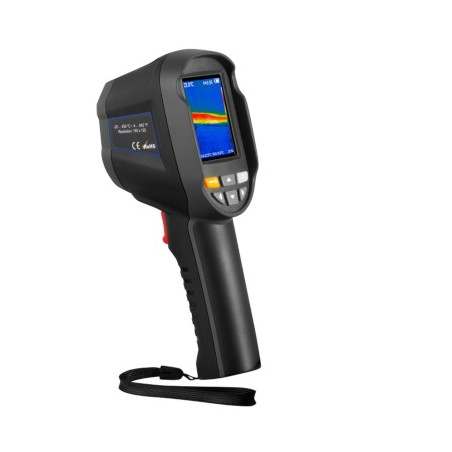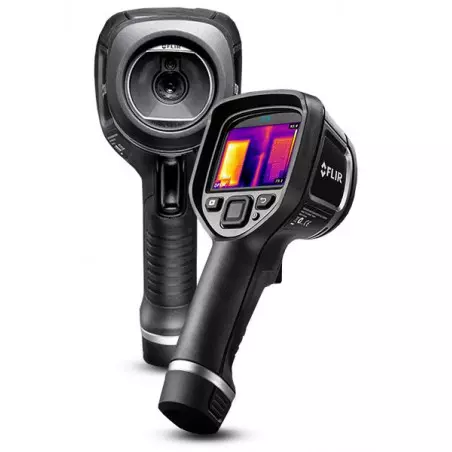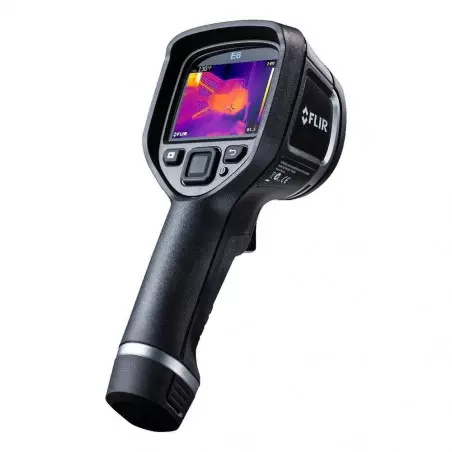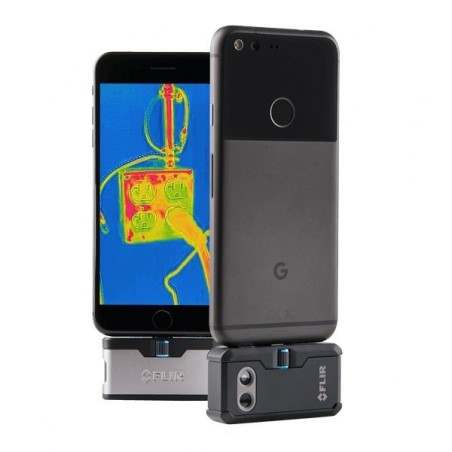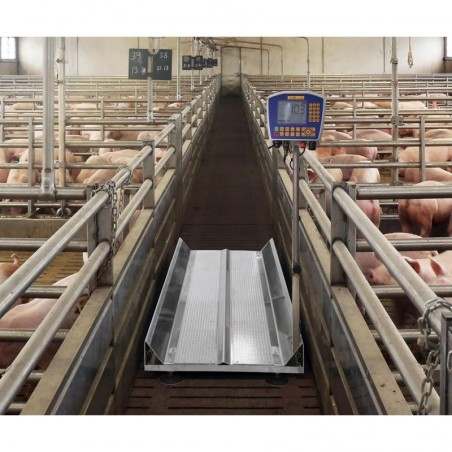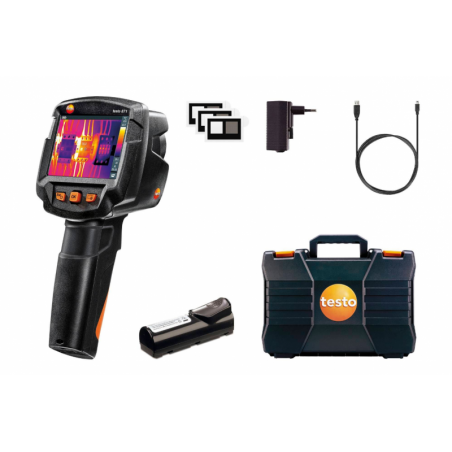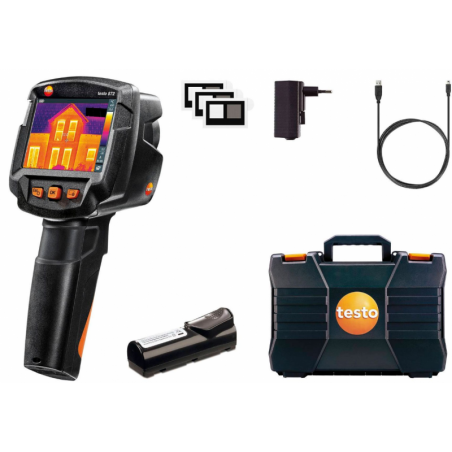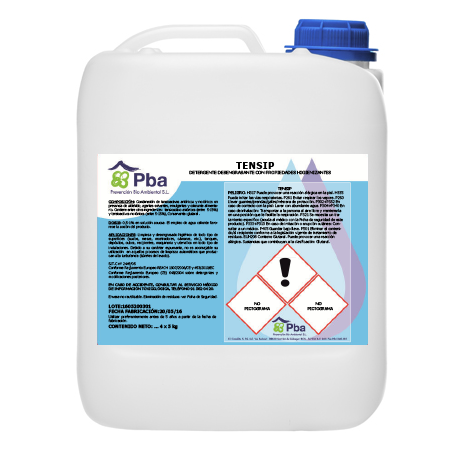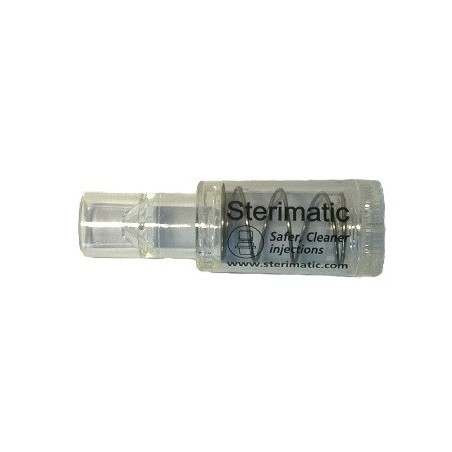Many farmers are familiar with incorporating elements such as radio frequency identification (RFID) - ear tags with transponders - or technology to control the environment of the barn. Technology is advancing at an unstoppable pace, and taking advantage of the benefits it can offer us is vital.
What technologies are available or in advanced stages of development?

This list is far from exhaustive as new companies and technologies working in this area, keep appearing. Technologies developed for other fields (human or other species) also find their way into pig farms.
Sensors to monitor environmental variables such as humidity, temperature, ammonia, CO2, dust, etc. There are also sensors for weighing silos, monitoring water consumption, checking the temperature of semen storage units, detecting equipment malfunction, etc.
Cameras (2-D and 3-D) that take images to facilitate tasks ranging from counting animals to estimating weights, assessing movement patterns to detect problems such as lameness or abnormally immobile animals; and identifying aggressive behaviours such as fights, and flank or tail bites.
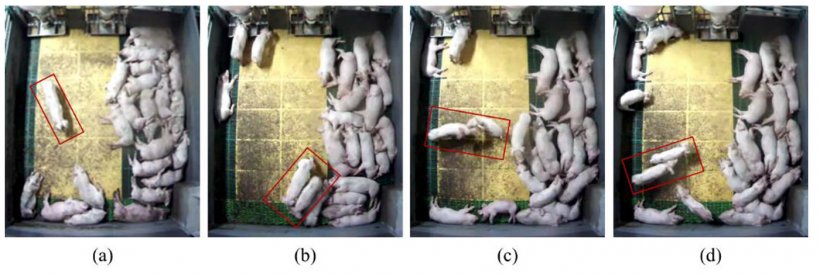
Figure 1: Image analysis to detect behaviours among pigs: (a) Normal: walking alone; (b) Normal: walking together (c) Aggression: head-to-head fighting, and (d) Aggression: chasing. Source: Lee et al. 2016.
Microphones for automatic monitoring of pig coughing, as well as evaluation of stress-related vocalizations such as piglets being crushed.

Figure 2: Example of continuous monitoring of pig coughing in a finishing barn with clinical episodes of influenza and Mycoplasma. Source: Polson et al. 2018.
Accelerometers that monitor animal activity. The aim is to monitor the resting and activity time and relate it to pathological and/or physiological processes; for example, predicting farrowing by means of an accelerometer embedded in the ear tag.
Devices for measuring the animal temperature: the objective is to be able to gather relevant information by continuously monitoring or getting an easy, accurate and instant reading of the temperature of the animal(s), since a significant variation in temperature may be associated with the onset of pathological problems, a reaction to vaccination, or physiological changes. Temperature monitoring is common practice in many boar studs as a key parameter to early diagnosis of disease. There are temperature sensors in contact with the skin, as well as infrared cameras. Figure 3: Thermographic image taken by a FLIR device connected to a smartphone. Source: Ramis el al. 2017

Virtual reality used as a training tool and to bring the industry closer to the consumer.
Robots used for tasks such as washing facilities or trucks. Technology can help reduce heavy, routine, and discouraging tasks, and improve working conditions and perception to attract and retain talented staff. We cannot forget that one of the challenges facing the industry in many areas is personnel.
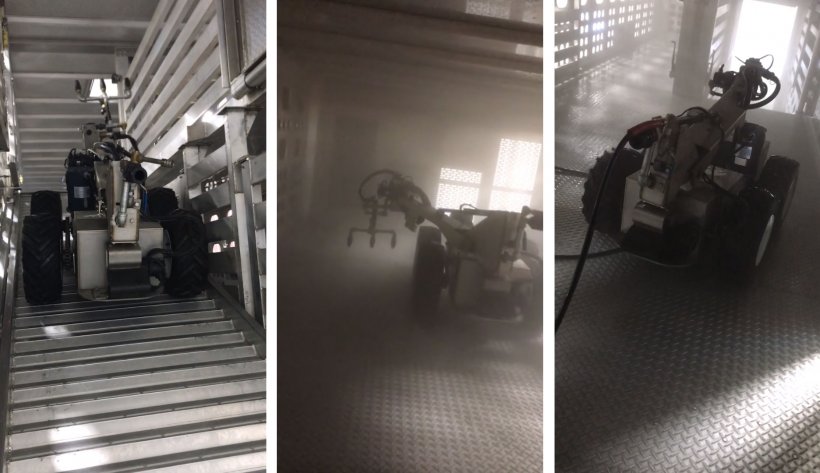
Figure 4: Robot for washing trucks. Source: Swinerobotics
In most cases, practical solutions implemented on the farm consist of a combination of several elements. For example, microphones using artificial intelligence are able to identify the screams of the piglets if they are being crushed and send a vibration to a sensor placed on the sow to make her stand up.
Different approaches to the same problem

Technology offers different tools to achieve the same goal.
Animal identification systems: rapid and unambiguous identification of animals is essential for proper data collection and analysis and to provide individual care. This identification is a very basic necessity for many processes such as setting individual feed allowances, establishing the pedigree of the animals, tracing doses in AI studs, keeping track of medicated animals and so many others. We can speak of:
- RFID (Radio Frequency Identification). These well-known transponders allow identification in electronic feeding systems or the record keeping of injectable medication administered to the animal by means of syringes that have a reader.

Figure 5: Electronic sow feeding using RFID. Source: Nedap
- Facial recognition in pigs, taking advantage of the strong development of this technology for humans.
- Image recognition that identifies and allows ear tag numbers, etc. to be read.
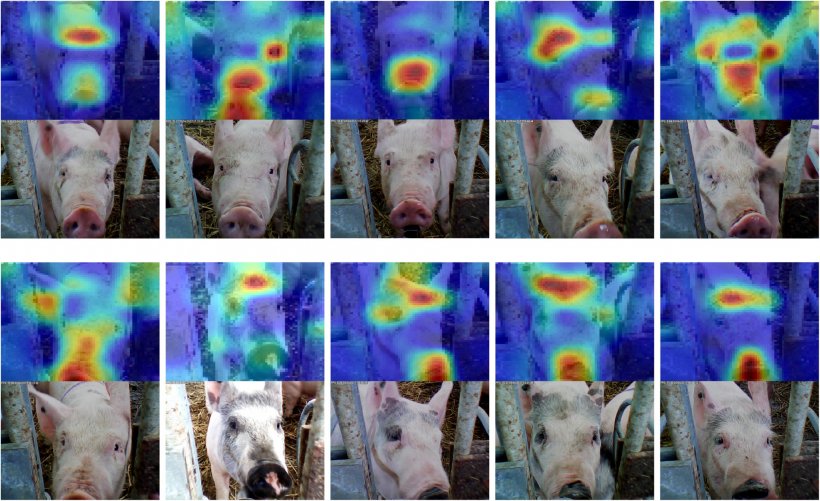
Figure 6: Facial recognition applied to pigs. Source: Hansen et al. 2018
Systems for evaluating lameness: Lameness is a production and animal welfare problem. Technology offers different approaches for monitoring this condition:
- Evaluating the pressure that each leg exerts on a surface to which other elements can be added such as kick length or the change of weight from one limb to another.
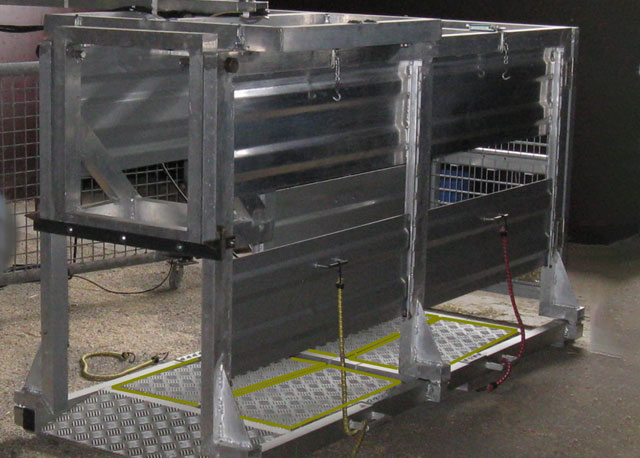
Figure 7: SowSIS system. The 4 legs are weighed independently to monitor lameness. Source: isense.farm
- Evaluating accelerometer data as animals with lameness tend to move less and with a more irregular cadence.
- Analysis of video images assessing the gait pattern or the presence of hoof injuries.
Improvements in biosecurity: Geo-fencing systems that allow control of who enters and leaves the premises. It is also possible to monitor the movements of personnel between different areas as well as to automatically approve, authorize and register access to the farm according to certain requirements (down time, authorized supplier, etc).
Systems to facilitate the recording, sending and checking of farm data ranging from digital pens to easy-to-use applications available for mobile phones that allow recording and sending of relevant farm data.
Farms generate a great deal of information on a daily basis. The incorporation of data from multiple sensors, individual feed consumption, activity level, temperature, weight, etc. exponentially multiplies the amount of information collected. This information is extremely valuable, but only if it is taken accurately, analysed correctly and presented in a way that allows personnel to make decisions.
The sector has a long list of technological concepts to become familiar with: Blockchain, the internet of things (IoT), artificial intelligence, algorithms and much, much more. The future is already here, and it is here to stay. It will make a difference in farm competitiveness.
333 Staff




